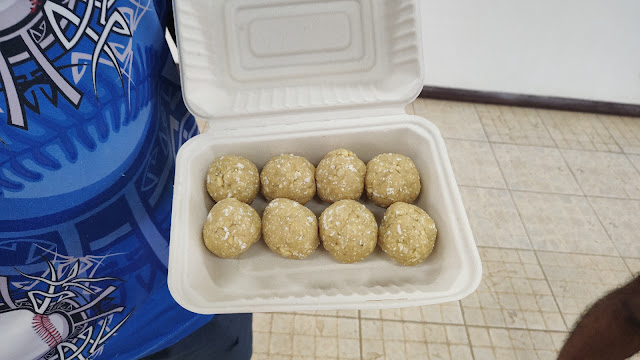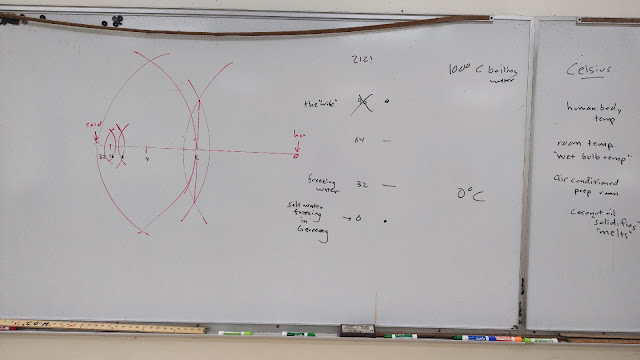Arcminutes of longitude conversion to meters

This lab had a cold open in the field against the risk of rain. High humidity made this a tough morning measurement run. This was the view east from the starting point. Launch coordinates. The view west from the starting point. Emleen, Wayne, and Malachi Due to the flying start at 8:00, only three students were present for the measurements. Thirty meters was problematic: smack dab in the middle of the entrance road The view from the 30 meter mark back to the starting point. Sixty meters was under the Terminalia catappa. Desmos 240 meters was just a few centimeters beyond the sheet metal fence for the new learning health center. Upon return to the classroom much of the rest of the class was present. Since three had done the heavy lifting of gathering the data in the heat and humidity, I tagged on +10 to 071. Those who had 10 for finding me wound up with 20 out of 10 possible. Those who did not find me had


